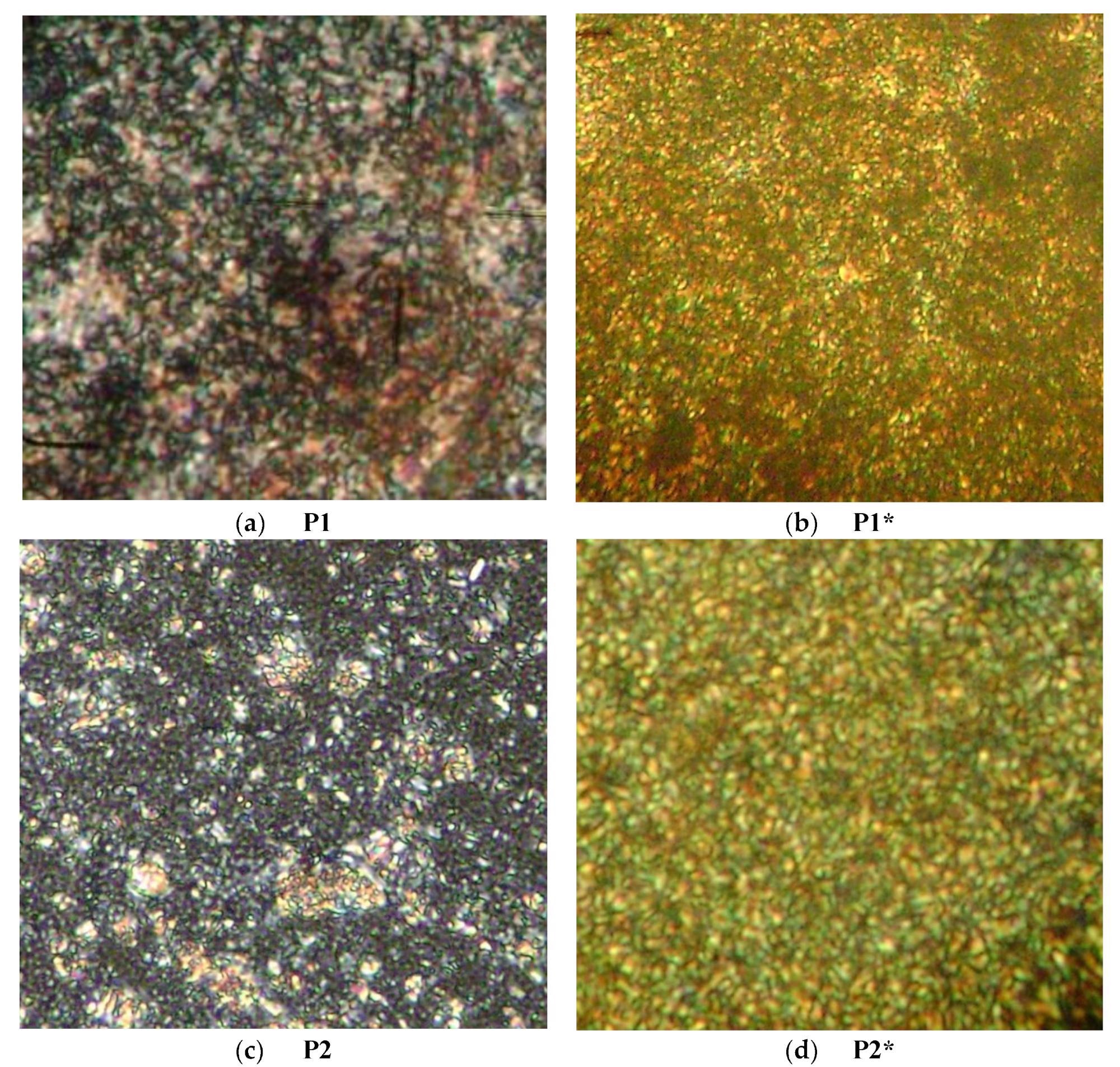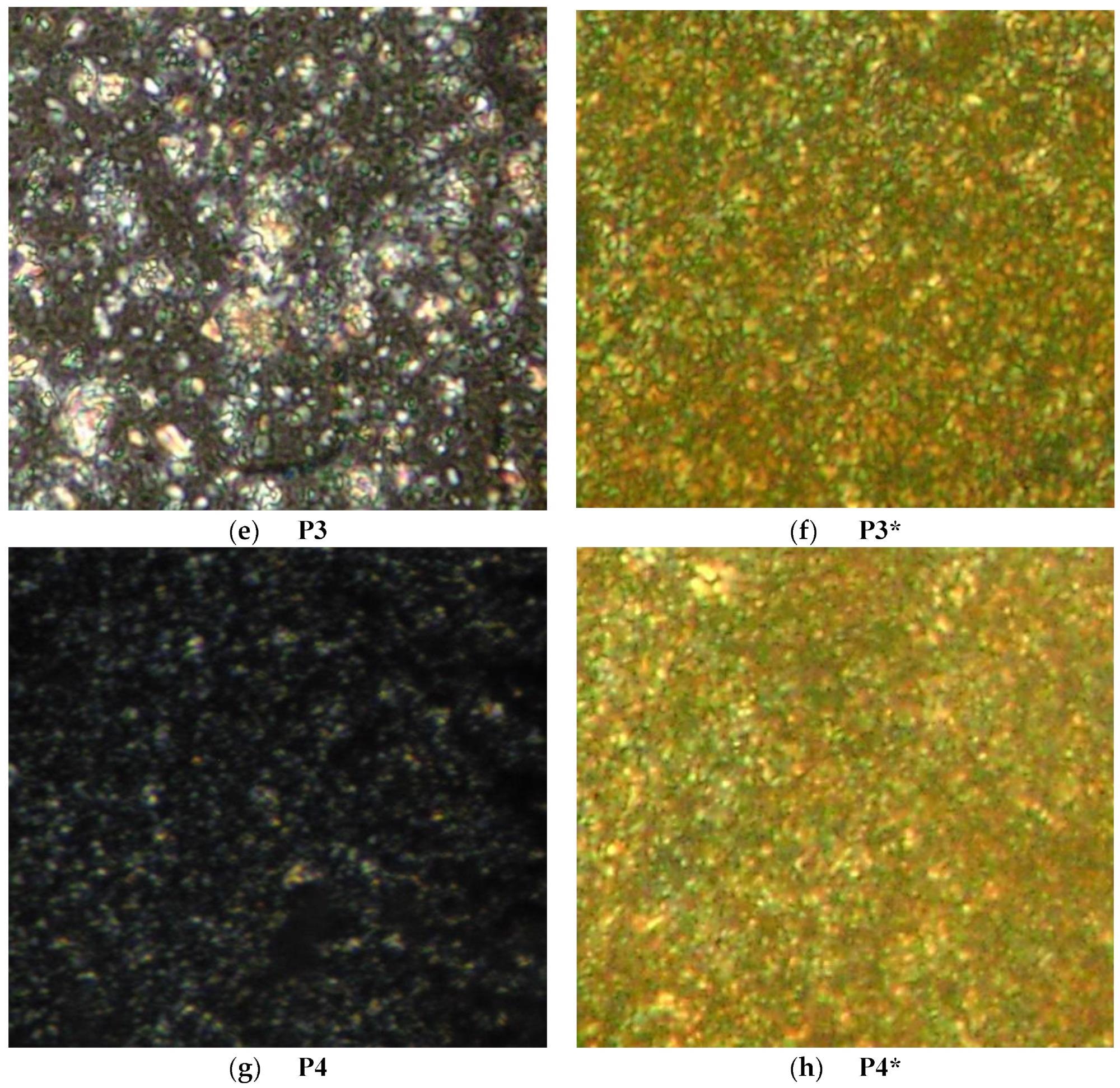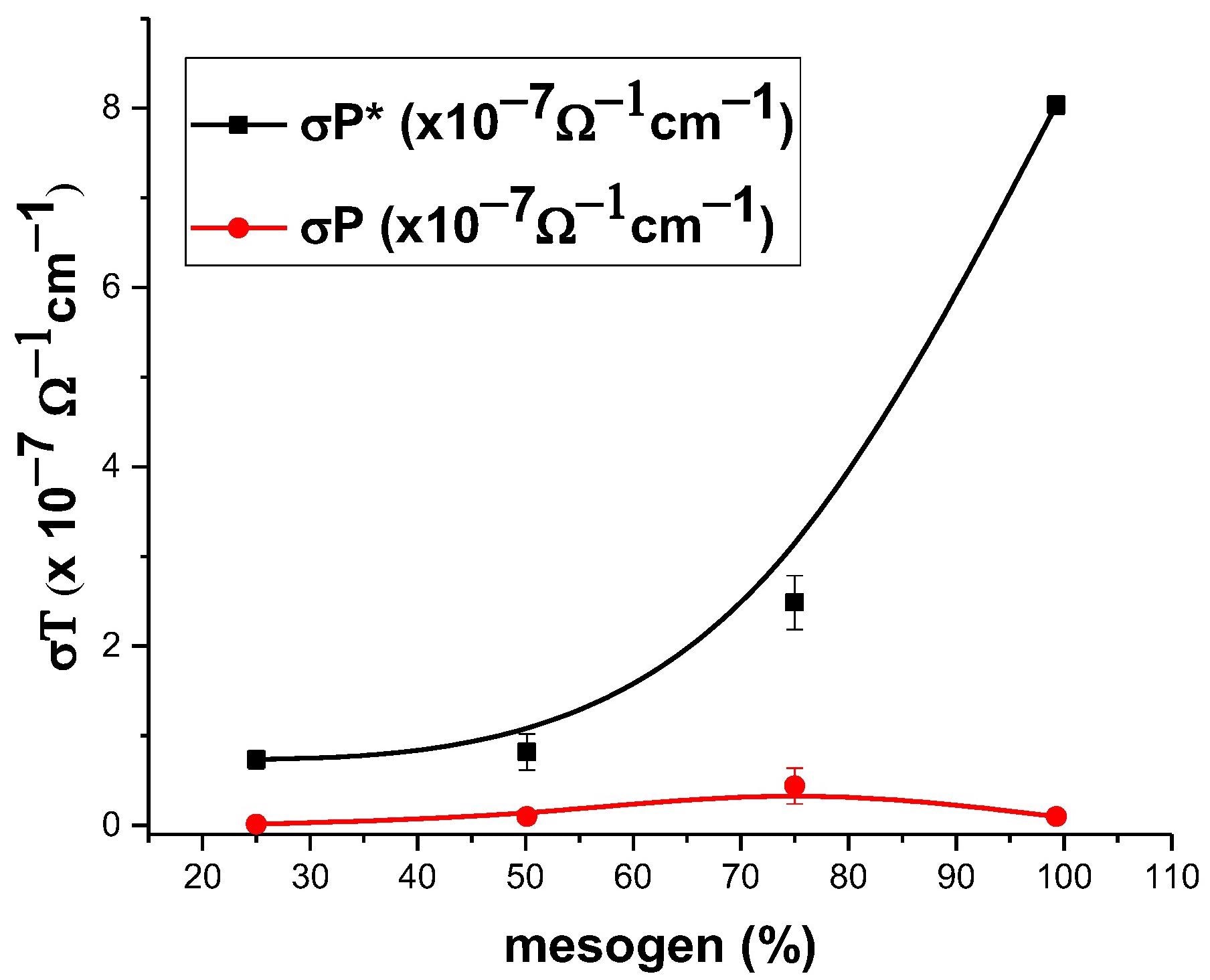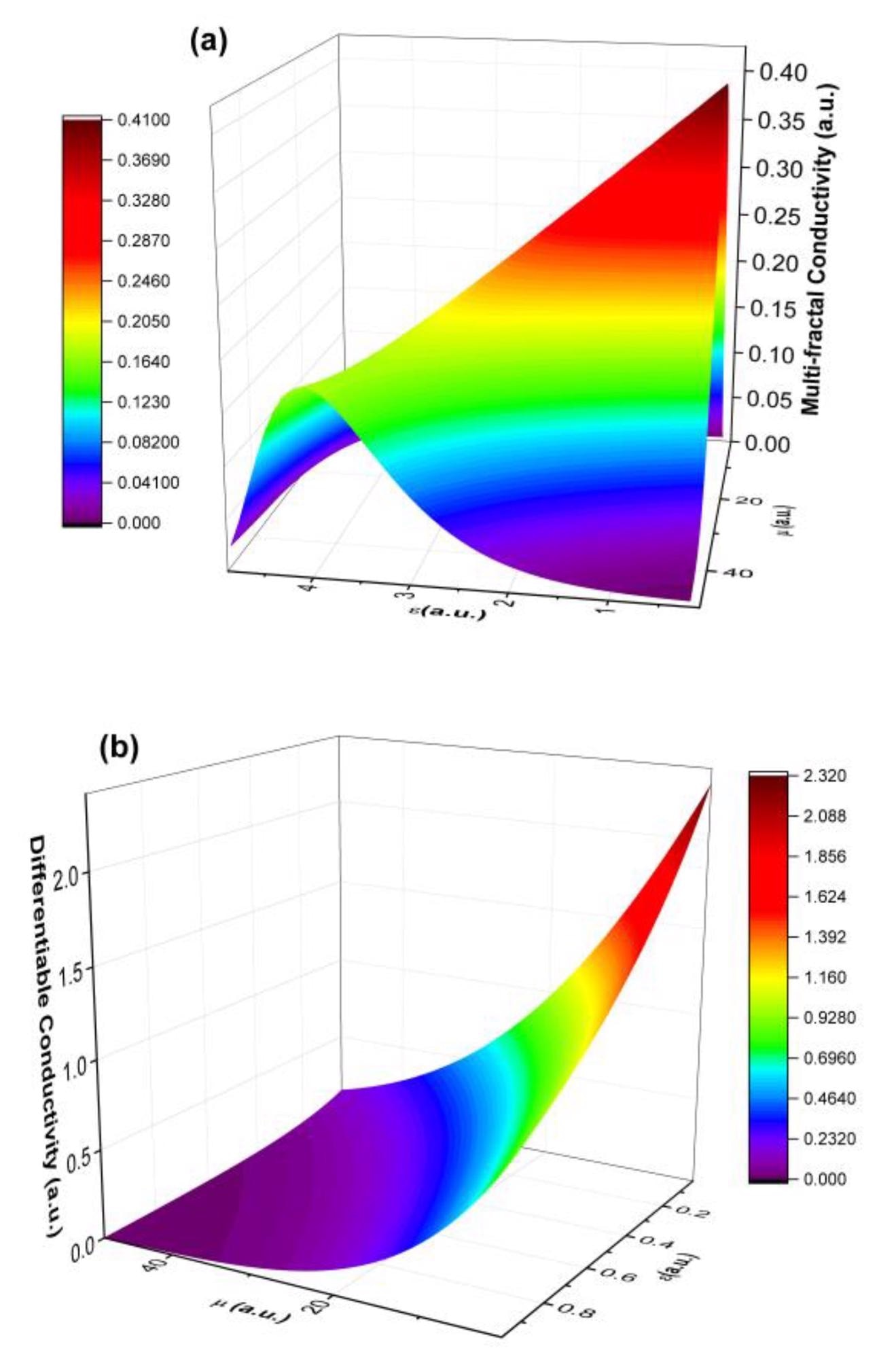Organic semiconductors have been the focus of research in the past few decades as replacements for inorganic semiconductors in a variety of industries. Writing in the journal Polymers, a team of researchers from Romania has investigated how increasing the ordering degree of these devices improves their electrical conductivity.

Study: Impact of the Liquid Crystal Order of Poly(azomethine-sulfone)s on the Semiconducting Properties. Image Credit: Quardia/Shutterstock.com
Organic Semiconductors
Organic semiconductors have been used in fields such as biomedicine and optoelectronics. These materials are flexible, lightweight, low-cost, and can be produced using low-temperature processing methods. In the field of biomedicine, where research has been particularly successful, these materials have been explored for use in biosensors, implantable electronics, biointerfacing, bionics, and as scaffold materials for tissue engineering.


Representative POM images of the treated (a–d) and untreated (e–h) thin films. POM images were acquired using the 40× objective, and the eyepiece had 10× magnification, giving a theoretical magnification of 400×. Image Credit: Dumbravă, O et al., Polymers
Classed as “smart” materials, the biological and chemical properties of organic semiconductors can be controlled. Innovative applications for these smart materials have been researched in recent years, with studies reporting brain implantable devices for controlling neurological conditions such as chronic pain and epilepsy by delivering targeted neural impulses. The device’s response can be tailored by modifying the surface characteristics of the material.
Organic semiconductors possess soft interfaces, which make them suitable for interaction with organic, living tissues. Cell behavior can be regulated using nanostructuring, including adhesion, proliferation, and regeneration. Damage and inflammation at implant sites can be reduced by using organic semiconductors compared to their inorganic counterparts.
Aromatic Poly(azomethines)
This class of semiconductors possesses advantages such as easy production methods and good carrier charge mobility, which makes them particularly promising among materials. Furthermore, azomethine linkage is reversible, which allows the materials to biodegrade, further making them attractive candidates for biomedical applications.
These materials possess a further property that makes them especially interesting for the field of organic semiconductor research: their self-ordering ability and the formation of thermotropic mesophases. The creation of an ordered phase and continuous films favors electron jumping, which ensures better electron mobility. Studies have indicated that incorporating isopropyl and sulfone units into the polymer’s backbone promoted semiconducting and liquid crystalline properties in the materials. Furthermore, studies have indicated that using simple thermal treatments can obtain thin films with highly-ordered nanostructures.

Graphical representation of the electrical conductivity versus percent of azomethine mesogens of polymers for untreated (P) and treated (P*) films. Image Credit: Dumbravă, O et al., Polymers
The Study
Based on the results of previous studies, the current research has proposed a novel multifractal mathematical model to understand the ordering structure’s influence on the material’s electrical properties. The mathematical model proposed is in the multifractal space.
Thin films of the material were prepared from solution using casting, and thermal treatment was used to create films with ordered nanostructures. The films’ supramolecular organization was analyzed, and the material’s electrical properties were confirmed experimentally.
Fractal analysis is useful as it provides information on the interphase reactions and microstructure of various systems. Several studies have reported the successful use of multifractal mathematical models, and in this study, the authors proposed the use of this model to analyze how the material’s conductivity and microstructure are linked. The model used in the study can simultaneously investigate the structure’s evolution and properties using appropriate scale resolution and fractionalization degree choices.
Furthermore, the multifractal representation’s dynamics were used as a benchmark by the authors for the study of the polymeric material’s transient physical properties. Thus, the model developed in the research can be used to study the influence of the material’s ordering degree on its electrical conductivity, providing information that will help to develop organic semiconductors based on these remarkable materials.
Results of the Study
The authors observed that the model developed in the research agreed with empirical data. Two types of conductivity were proposed by the authors, which manifest at different fractalization degree ranges. The thin film’s order degree was used by the model as a fractality measure in the multifractal space of the system’s representation. Validation of the model with empirical data revealed average fractionalization models, depending on the dominant type of conductivity.
Experimental measurements confirmed that thermal pretreatment significantly improved the electrical conductivity of the materials. Thermal pretreatment contributed to electron jumping along chains and the ordering of mesogenic units.
The authors concluded that rigid, highly ordered azomethine units in the films favored electrical conductivity due to their close proximity, which allowed for increased electron jumping. The results of the study demonstrated that manufacturing thin films using heat pretreatment of the mesophase state improved electrical conductivity by one order of magnitude.

Three-dimensional representation of the two types of conductivities derived from the multifractal model. Image Credit: Dumbravă, O et al., Polymers
The results of this study demonstrate a facile route for producing poly azo(methine)-based organic semiconductors with improved electrical conductivity and semiconductor characteristics for use in a variety of applications such as biomedicine. The mathematical model developed by the authors provides valuable insight into the system’s properties and intramolecular reactions.
Further Reading
Dumbravă, O et al. (2022) Impact of the Liquid Crystal Order of Poly(azomethine-sulfone)s on the Semiconducting Properties [online] Polymers 14(7) 1487 | mdpi.com. Available at: https://www.mdpi.com/2073-4360/14/7/1487
Disclaimer: The views expressed here are those of the author expressed in their private capacity and do not necessarily represent the views of AZoM.com Limited T/A AZoNetwork the owner and operator of this website. This disclaimer forms part of the Terms and conditions of use of this website.